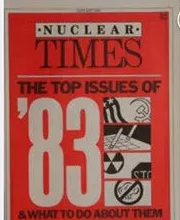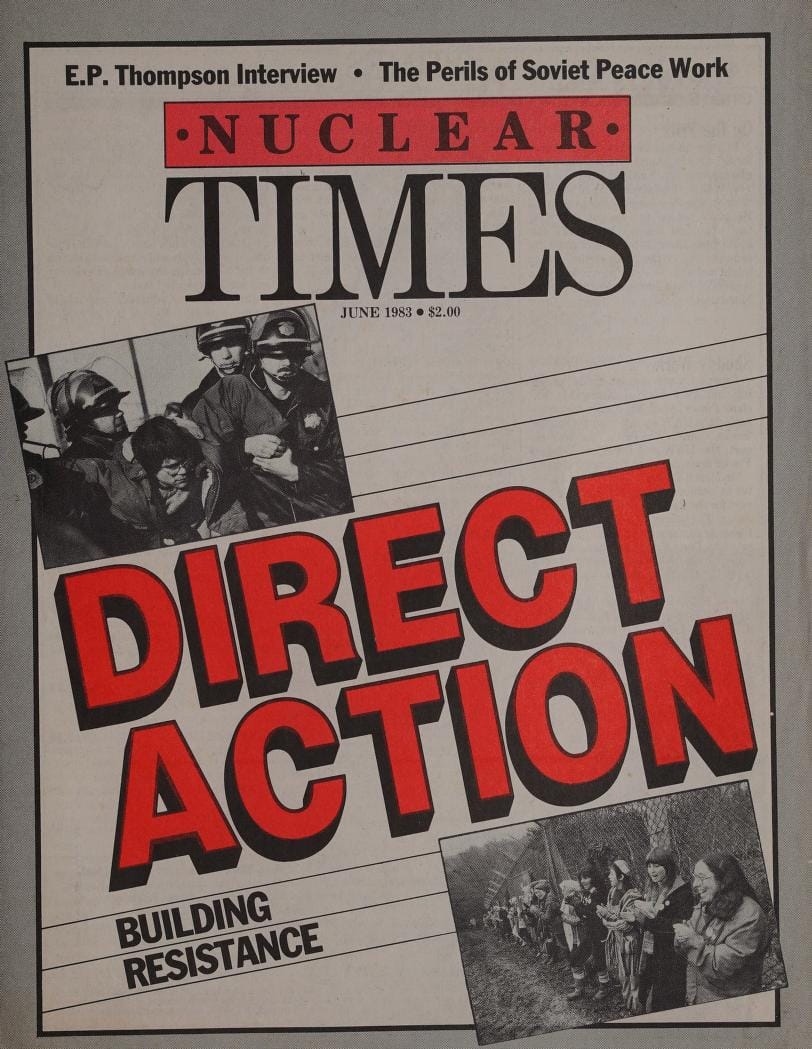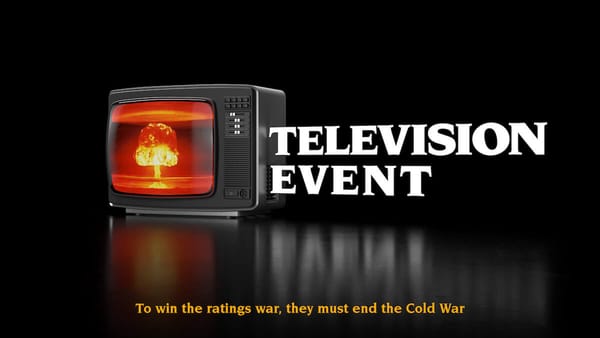Our Take: When You Just Can't Quit ‘Deterrence’
Don’t blink. Deterrence is for ‘dreamers’
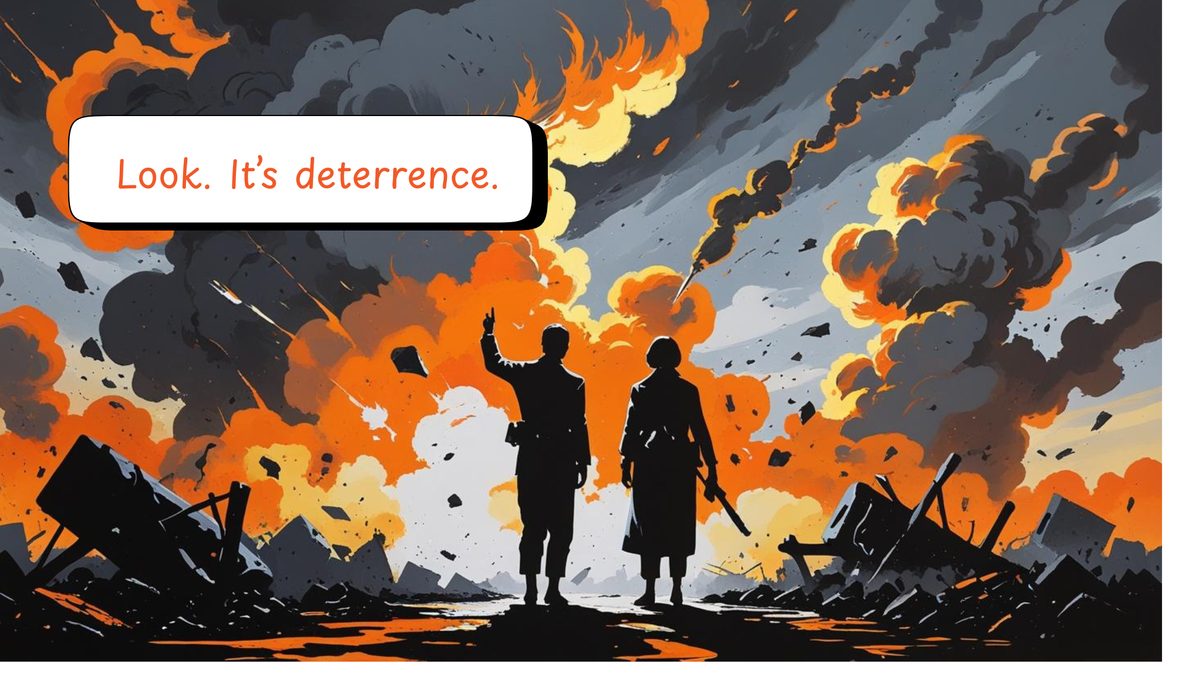
Read any article in 2025 on the nuclear issue and one is sure to see the sentence, “The world is closer to nuclear war than at any time since the Cuban Missile Crisis.” Even if you were not alive in 1962, the idea that the Soviet Union had nuclear weapons pointed at the United States eighty miles away while voices in the US Government were advising President Kennedy to attack with our own nuclear arsenal remains a terrifying thought. Worse yet is that years later, former Secretary of Defense Robert McNamara admitted that the only thing that got us out of the crisis was luck. The clear lesson of the Cuban Missile Crisis was this cannot ever happen again.
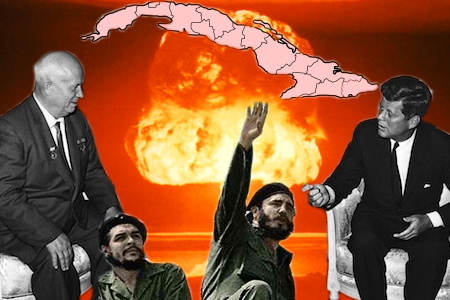
In response, President Kennedy took a dramatic turn in his thinking, which was laid out in his commencement address at American University in June, 1963 dubbed the “Peace Speech.” Kennedy made clear his vision to eliminate nuclear weapons and end the Cold War. This resulted in the partial nuclear test ban treaty, signed in August of the same year, which eliminated testing nuclear weapons in the atmosphere and under water. Striving for peace, diplomacy, and the elimination of nuclear weapons. What a concept!

However, we are now witnessing an increase in the possibility of nuclear war from Ukraine to Gaza, India and Pakistan, Iran, and North Korea. How do we stop this madness? According to Matthew Kroenig, senior director of the Atlantic Council’s Scowcroft Center for Strategy and Security, the way to end the war in Ukraine is for President Trump to threaten to kill Putin with a nuclear weapon. Yes, you read that correctly, the way to save Ukraine is with more threats of using nuclear weapons.
Help us relaunch the magazine for nuclear disarmament.
Kroenig is convinced that if the US flies more B-2 strategic bombers over the head of Putin, he will cave. “Trump can and should ramp up nuclear threats as part of a successful negotiation strategy to bring Russia’s war in Ukraine to an end,” Koenig writes. More nukes in Europe! More nuclear threats! Diplomacy? Stop being so naïve. Disarmament? Are you kidding? Putin is afraid of nuclear weapons so the strategy clearly should be to scare him into submission. This strategy does have a downside, Kroenig admits. The “game of nuclear chicken” could spin out of control. Call us alarmist, but the extinction of the human race seems like quite the downside.
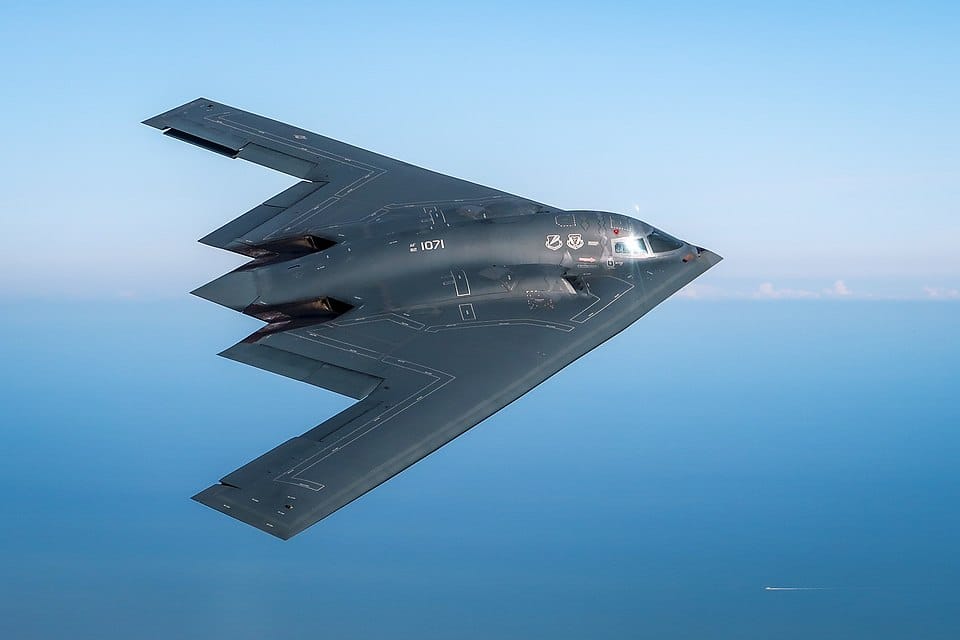
Kroenig is echoing a Russian nuclear doctrine called “escalating to de-escalate,” which is so cemented as reality that it gets its own shorthand: E2DE. Nifty.
The concept is that Russia has lowered its threshold for nuclear first-strike and believes an early, “limited” (as if that exists) nuclear attack would de-escalate a conflict. There’s only one problem with this analysis of Russian strategy — it’s not true. Scholars and analysts have debated for decades whether E2DE was a temporary post-Cold War strategy born out of military inferiority; an understood but not stated doctrine; or a NATO invention.
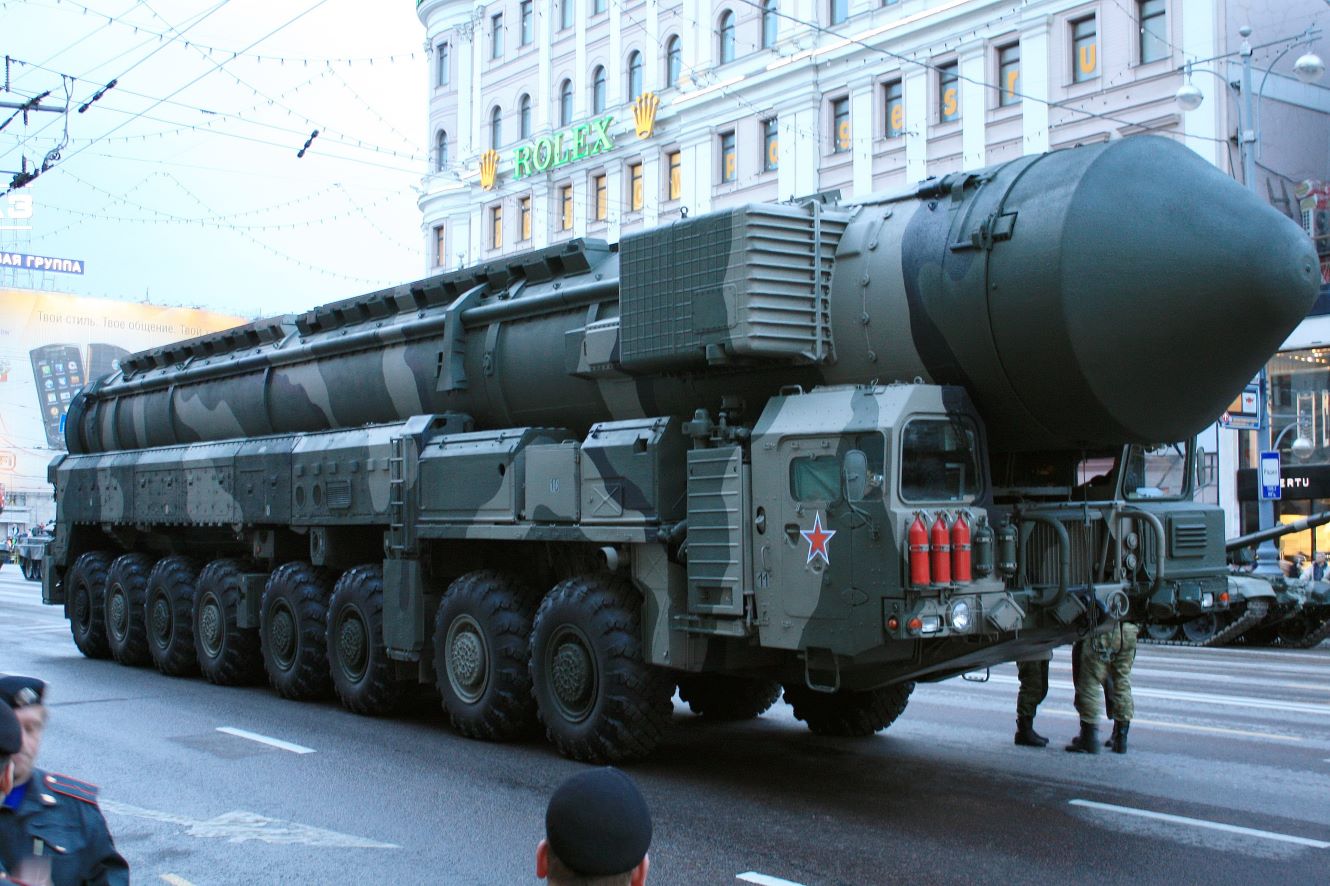
Kier Giles and Mathieu Boulègue writing for Chatham House note what E2DE really is, “The ‘escalate to de-escalate’ idea neglects the key task of Russian nuclear strategy, which is to threaten first use for deterrence.” See that word: "threaten"?
It’s worth unpacking this, because the journey of this policy highlights the total failure of deterrence - and will make your head spin. Russia-watchers decided based on limited evidence that post-Cold War Russia had a policy of early-conflict nuclear first-use. They wrote papers about E2DE, which in turn caused the U.S. to change its nuclear posture to account for this new reality. Putin realized that adversaries believing this was Russian policy could work in his favor, so he never clarified. Now, Matthew Kroenig has decided E2DE works so well that Trump should adopt this posture. What could go wrong?
These escalating threats also reveal the central strategic failing of nuclear deterrence — namely that it relies on your adversary believing you will use nuclear weapons and it is not a bluff, which means you should respond by…
Those of us at Nuclear Times are probably viewed by many as idealists. Our readers are just naive activists, and organizers who do not live in the real world. However, has Russia’s deterrent stopped Ukraine from fighting back? Has Israel’s nuclear threats stopped fighting in the Middle East? How about Iran’s nuclear program? Should the fate of the world rest on a "cool head" like Trump correctly interpreting a Tweet by Putin’s attack dog, Dmitry Medvedev?
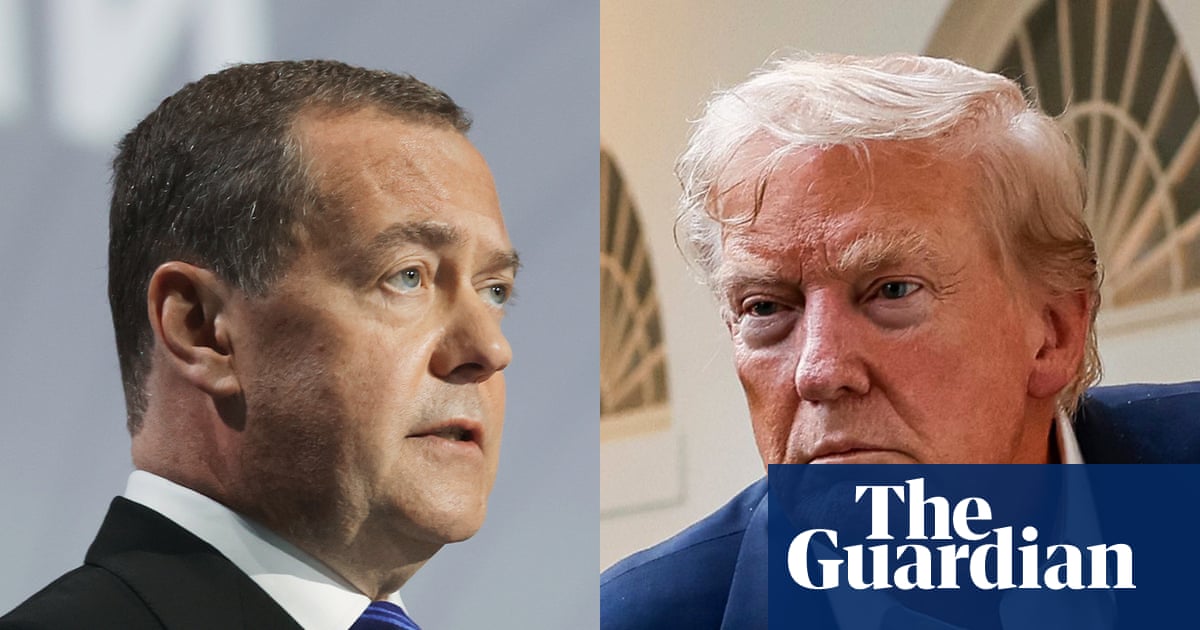
So, tell us, what sounds more realistic? What is a better path? Nations working together to eliminate their nuclear arsenals? Working to create new arms control agreements? Or just keep building more nuclear weapons, threaten to use them on anyone we don’t like, move them around, fly them over enemies, and hope that they cave instead of retaliate?
And they call us dreamers.
